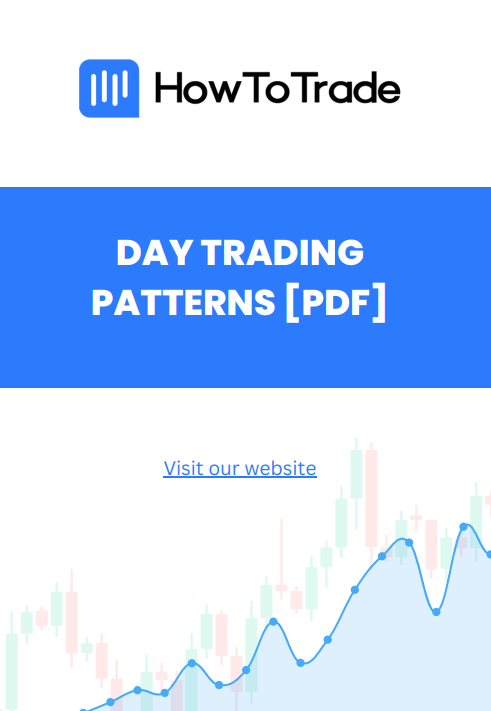Day Trading Patterns PDF is designed to equip traders with a clear understanding of the most effective patterns used to spot opportunities within a single trading session. By mastering these patterns, traders can better anticipate reversals, continuations, and short-term price fluctuations.
Introduction
Day trading is one of the most dynamic approaches to trading the financial markets, requiring quick decision-making and precise execution. The Day Trading Patterns PDF is designed to equip traders with a clear understanding of the most effective patterns used to spot opportunities within a single trading session. By mastering these patterns, traders can better anticipate reversals, continuations, and short-term price fluctuations.
This ebook explains the core types of day trading patterns, including reversal setups like head and shoulders, double tops, and double bottoms, as well as continuation formations such as flags, pennants, and triangles. Each pattern is described in detail with simple explanations, making it easy for beginners to grasp and for experienced traders to use as a quick reference.
The Day Trading Patterns PDF also emphasizes the importance of context, risk management, and confirmation signals before entering trades. By applying these strategies consistently, traders can reduce false signals and improve their win rate.
Whether you are new to trading or looking to sharpen your intraday skills, this guide provides practical insights and proven techniques to help you navigate the fast-moving world of day trading with confidence and discipline.
______
What are Day Trading Patterns?
Day trading patterns are technical analysis tools used to identify potential trading opportunities within a single trading day. They are based on the analysis of price movements and can help traders identify possible trend reversals, continuations, or short-term price fluctuations.
Types of Day Trading Patterns You Should Know
There are two main ways to categorize chart patterns. The first is by the number of candlesticks it takes to form the pattern, and the other categorization is by the bias of the pattern.
Candlestick and Chart Patterns
Going by the number of candlesticks, a pattern can be a candlestick or a chart pattern. A candlestick pattern takes only a few candlesticks to form. Anywhere from 1 candlestick to 4 candlesticks. These patterns are a result of the observation of each candle to decode a short-term market sentiment.
On the flip side, a chart pattern takes a more wholesome/broad look at the chart to see what shape the candlesticks are forming, and they are made up of as many candlesticks as possible. With chart patterns, you don’t have to decode what each candlestick looks like. Instead, you try to see what shape the price has formed over time and how the price reacted in the past when it formed that shape. This way, you can predict where it’s likely to go next.
Reversal and Continuation Patterns
Going by its bias, a pattern can either be reversal or continuation. As the name suggests, reversal patterns indicate that a current is likely to reverse. So, if you were in a bullish trend and a reversal pattern appears, we are likely to see a reversal to a bearish trend. Traders use reversal patterns to predict the end of one trend and the beginning of another.
Continuation patterns, on the other hand, suggest that a current trend is likely to continue. Traders use these patterns to get into positions on established trends.
